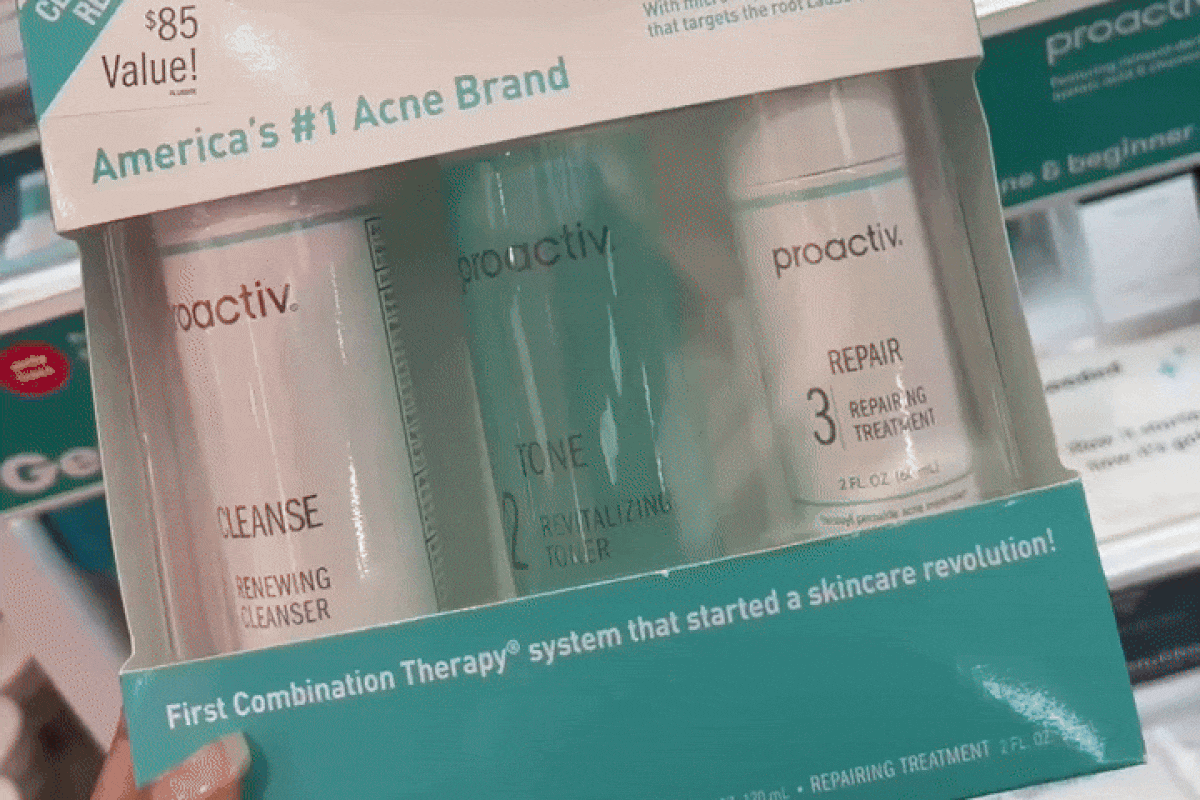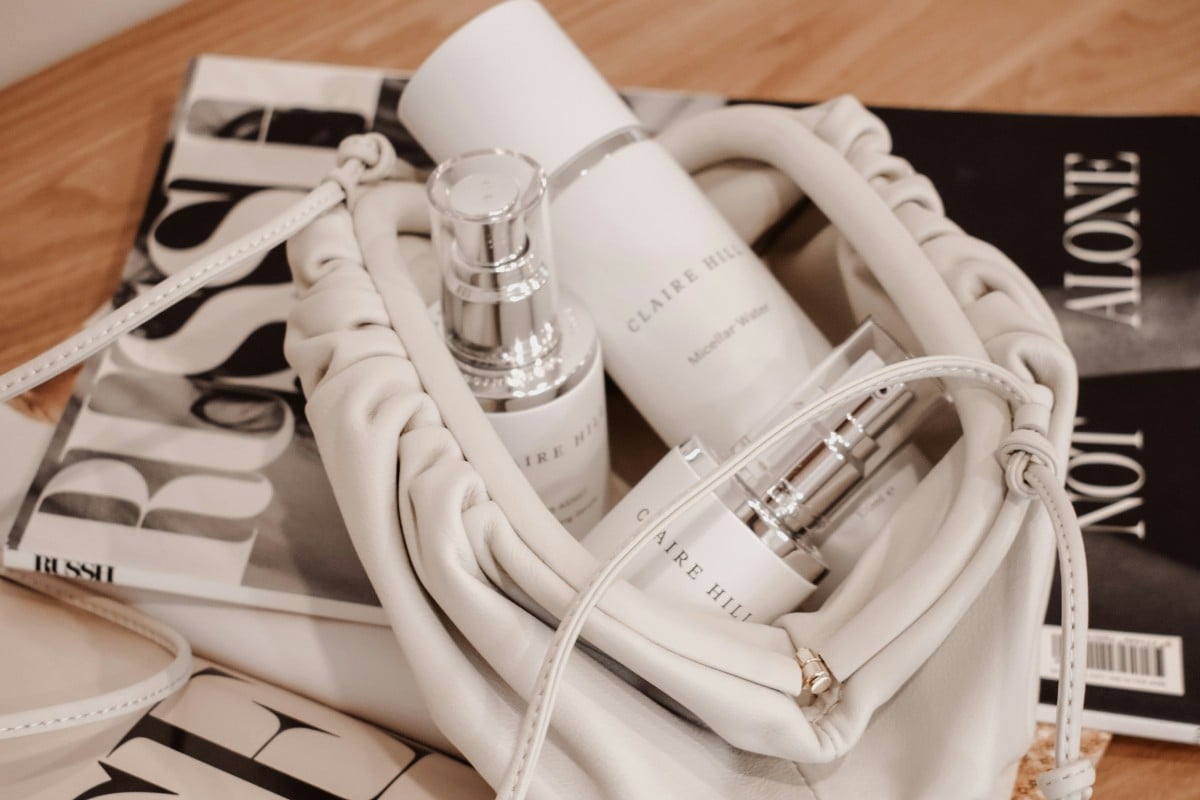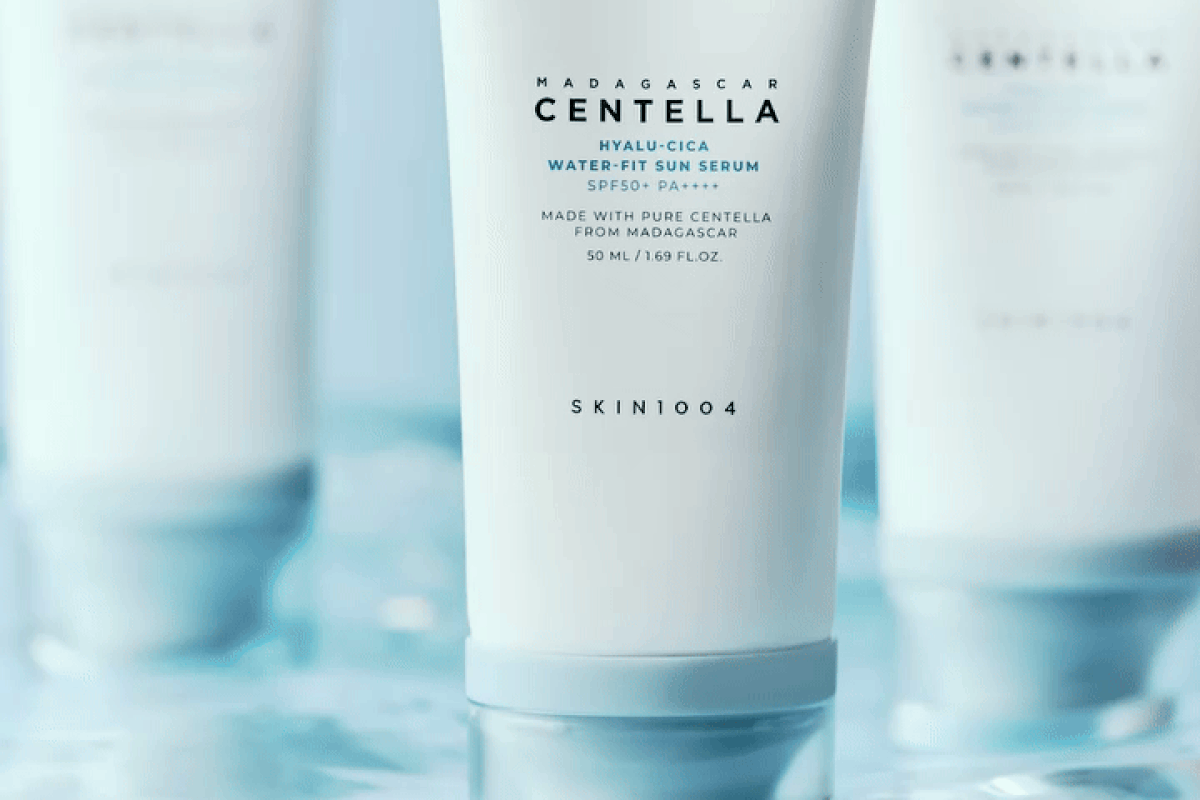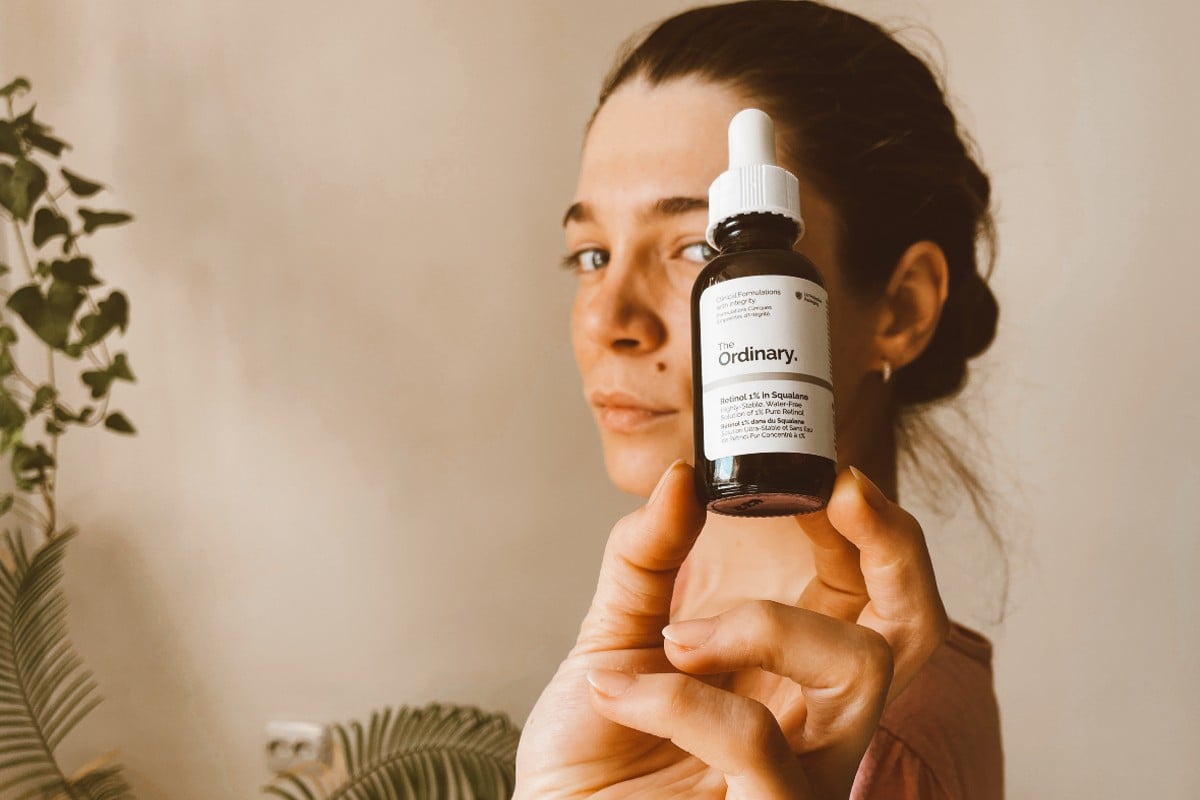Today we’ll be looking at one of the greatest exfoliating agents, glycolic acid, and one of the most powerful hydrators, hyaluronic acid (HA) — two ingredients that are the rave of the skincare community. While using these two powerhouses separately is a step to reveal the best skin, combining hyaluronic acid and glycolic acid together is definitely game-changing.
Read on to learn how hyaluronic acid and glycolic acid should be used together, what happens when you use both in the same routine, and why you should do it. But before, some background for starters.
What is hyaluronic acid?
Hyaluronic acid is a substance naturally found in the body, of which production decreases once with aging, and exposure to external foes like UV, and pollution. The role of HA in the skin is to give structure, density, and plumpness while preventing transepidermal water loss.
In skincare, hyaluronic acid is a humectant, meaning it attracts water molecules in the skin, either from the atmosphere or from the deeper skin layers (epidermis) to the surface (dermis). Are you catching the cue? It means hyaluronic acid makes skin moist, firm, and elastic instantly and in the long run, especially when used in multiple molecular weights.
What is glycolic acid?
Glycolic acid is an organic acid found in sugarcane, used as an exfoliant in skincare. Glycolic acid breaks the bond between the cells of the outer layer, being great at exfoliating and renewing the skin. In turn, this softens wrinkles, prevents breakouts, evens tone, and diminishes dark spots.
More than that, glycolic acid stimulates collagen production, aiding in thickening the skin and improving density. Lesser known, is glycolic acid’s humectant activity, aka the ability to attract moisture to the skin.
Can you use hyaluronic acid and glycolic acid together?
Using hyaluronic acid and glycolic acid together is that winning duo that’ll leave you with soft, moist, and dewy skin, period. As an exfoliant, glycolic acid speeds up cell turnover, encouraging new, healthy cells to replace old cells, smooths fine lines and wrinkles, unclogs pores, and removes dead cells buildup for better absorption. On the flip side, hyaluronic acid attracts moisture and eases the potential drying effects of glycolic acid.
Depending on the product at hand, use them as intended. Supposing you’re using a glycolic acid-infused peeling and a hyaluronic acid serum, you should layer the serum after the peeling to minimize irritation risk and infuse skin with hydration — right what you need after a peeling.
Or, if a glycolic acid moisturizer is what you’re using, layer the hyaluronic acid serum before the moisturizer to reduce the harshness of glycolic acid and trap HA’s benefits into the skin for prolonged plumpness.
For reference, a study published by the Journal of the American Academy of Dermatology found that using a hyaluronic acid moisturizer after glycolic acid peeling, speeded up skin recovery.




![Does resveratrol in red wine benefit your skin? While sipping on a glass of red wine can be a delightful experience, relying on it for skincare benefits is not the best idea. Sure, red wine contains a smidge of resveratrol, but let's put things into perspective. The concentration of resveratrol in red wine is relatively low. Red wines, specifically Pinot noir from France, typically contain 0.361-1.972 mg of resveratrol per liter.[8] To hit that reference dose of 500mg of resveratrol, you'd need to drink a lot of wine. We're talking about downing anywhere from 100 to 1000 glasses per day. It's a scene straight out of a wine lover's wildest dreams, but definitely not the healthiest approach. Resveratrol Benefits for Skin](https://womensconcepts.com/wp-content/uploads/2022/03/Resveratrol-Benefits-for-Skin.jpg)




